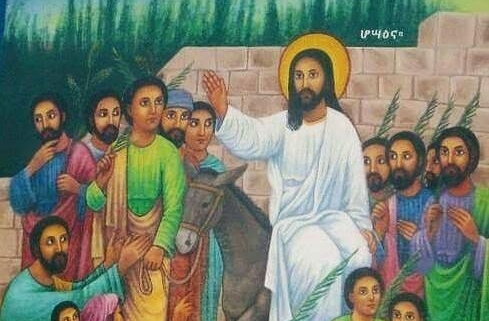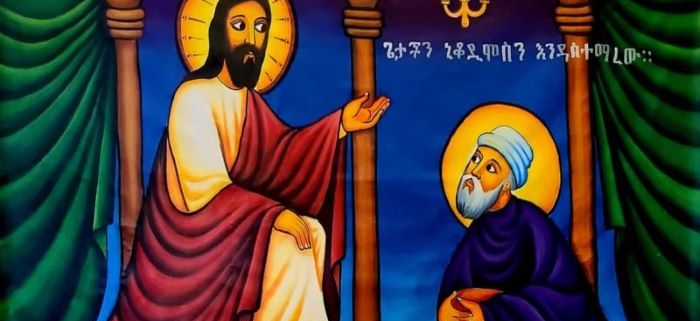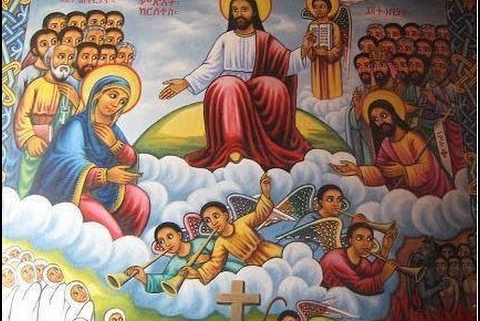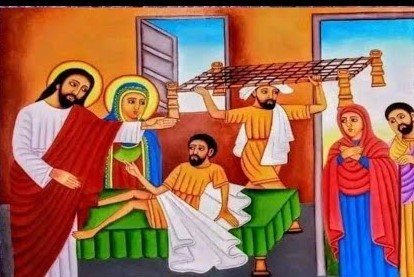The Almighty, Who says not “honor, praise, sanctify Me” for He is Holy in His attributes, our God Who abode on His throne is glorified and praised by His creatures. Man, He created in His likeness and Image, is with honor, purity and holiness. We praise as well our Holy Mother saying. “Most honored, pure and holy amongst all creatures; Saint Virgin Mary.
Holy Scriptures informs us a life of holiness is a natural gift. It is stated as, “as He who called you is holy, you also be holy in all your conduct, because it is written, “Be holy, for I am holy.” (1 Peter 1-15-16)




